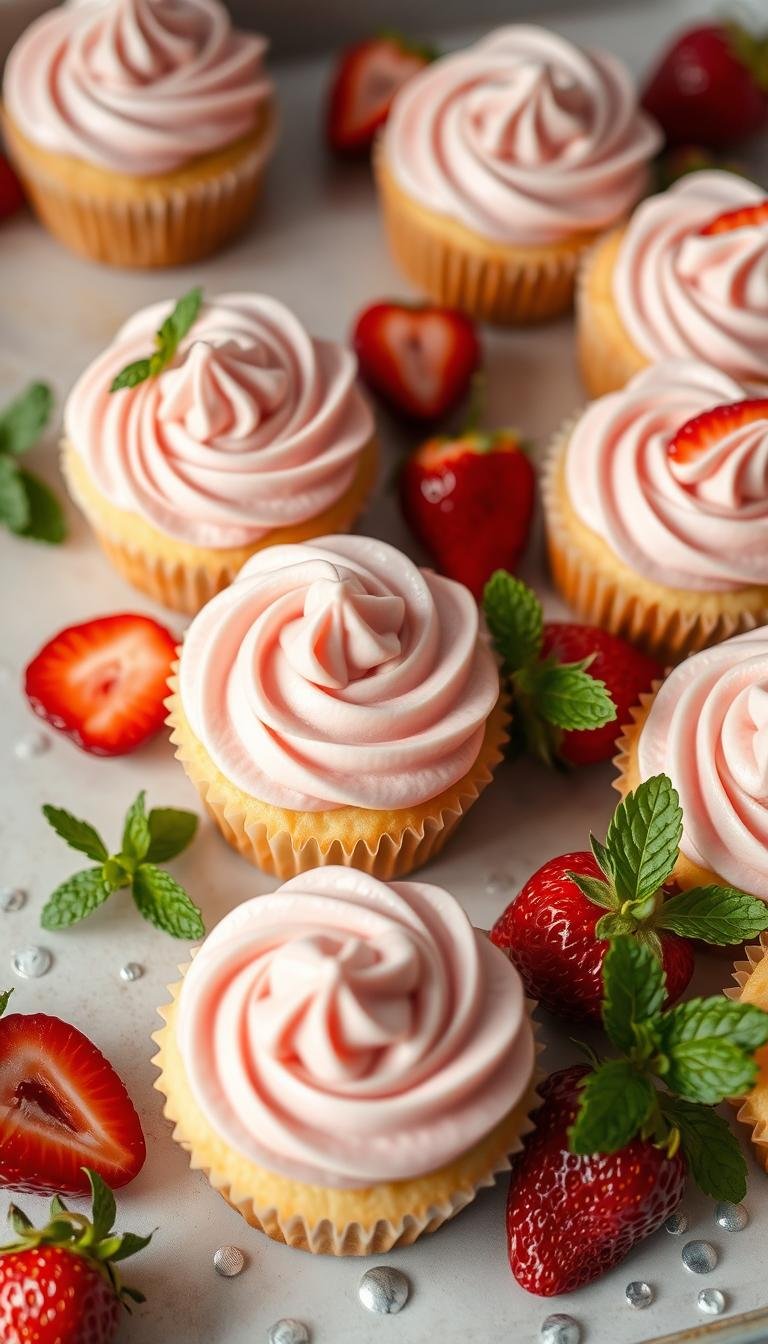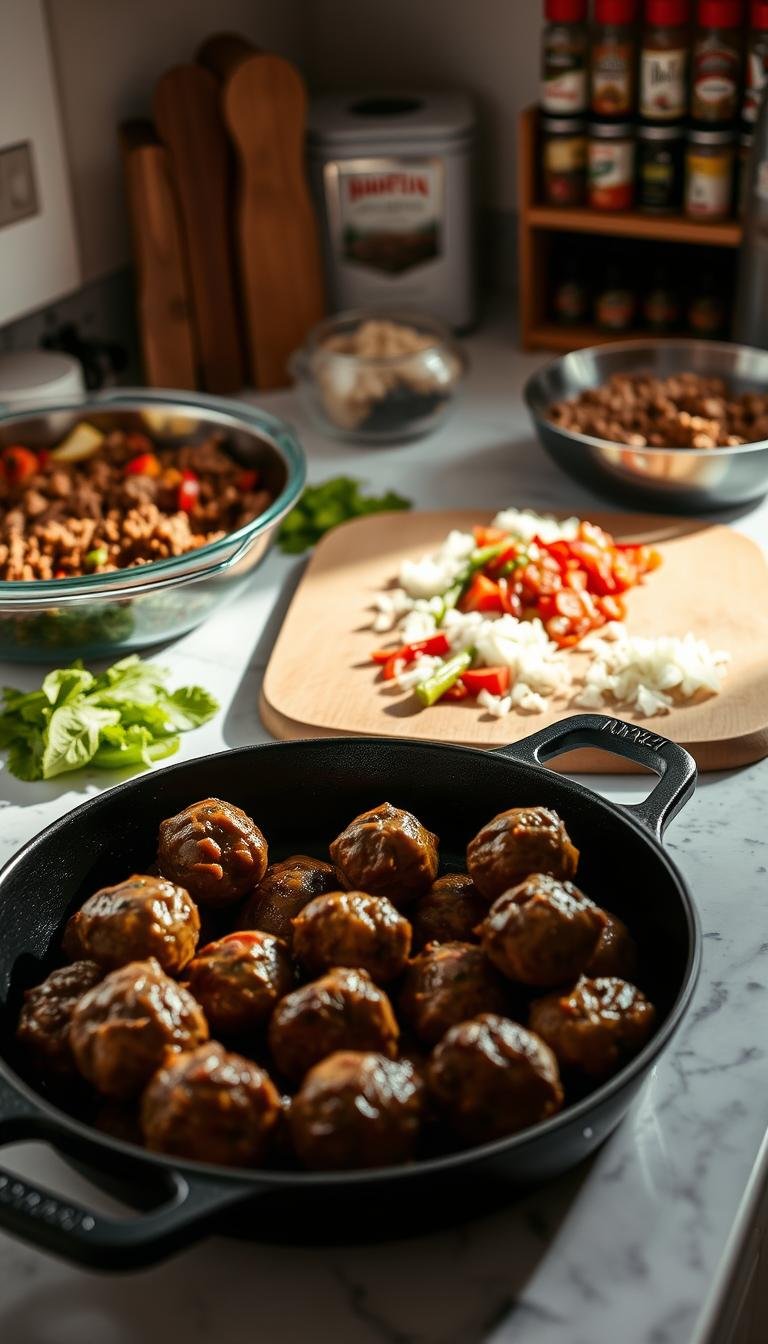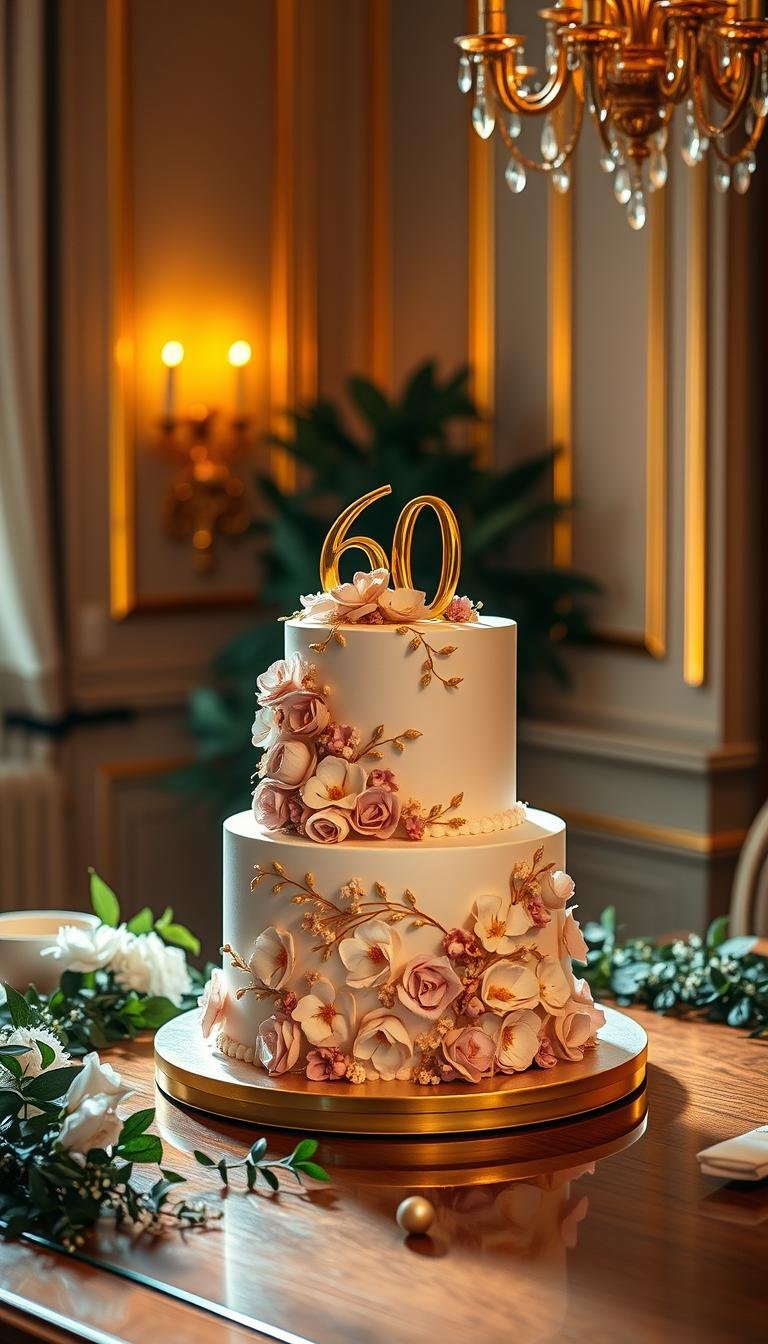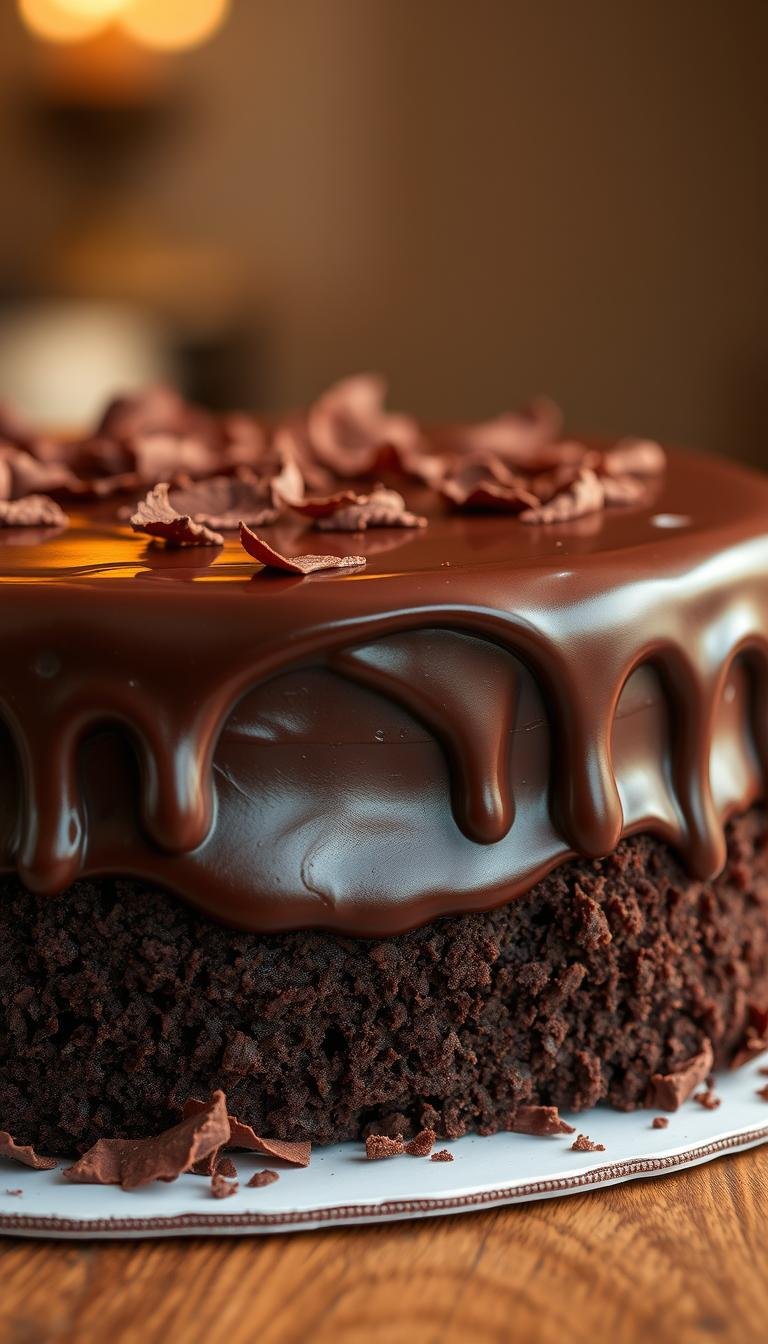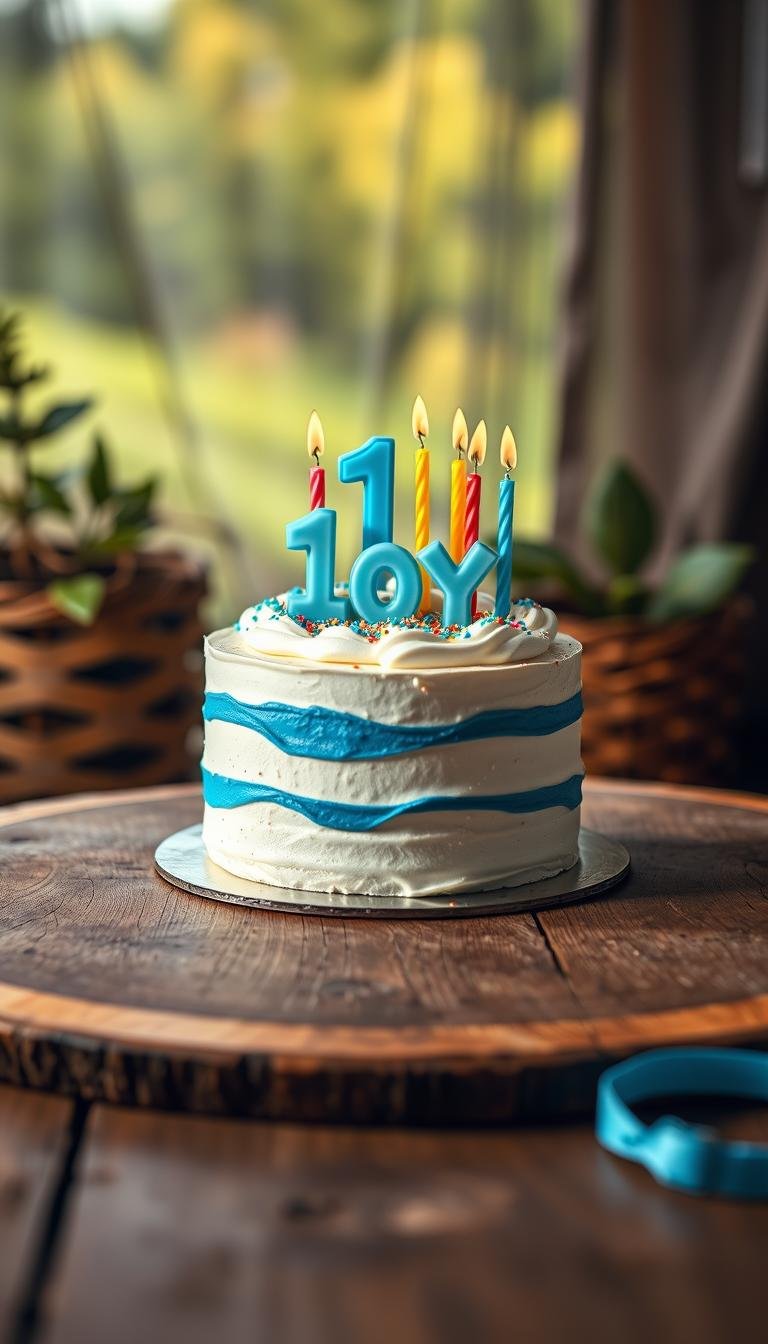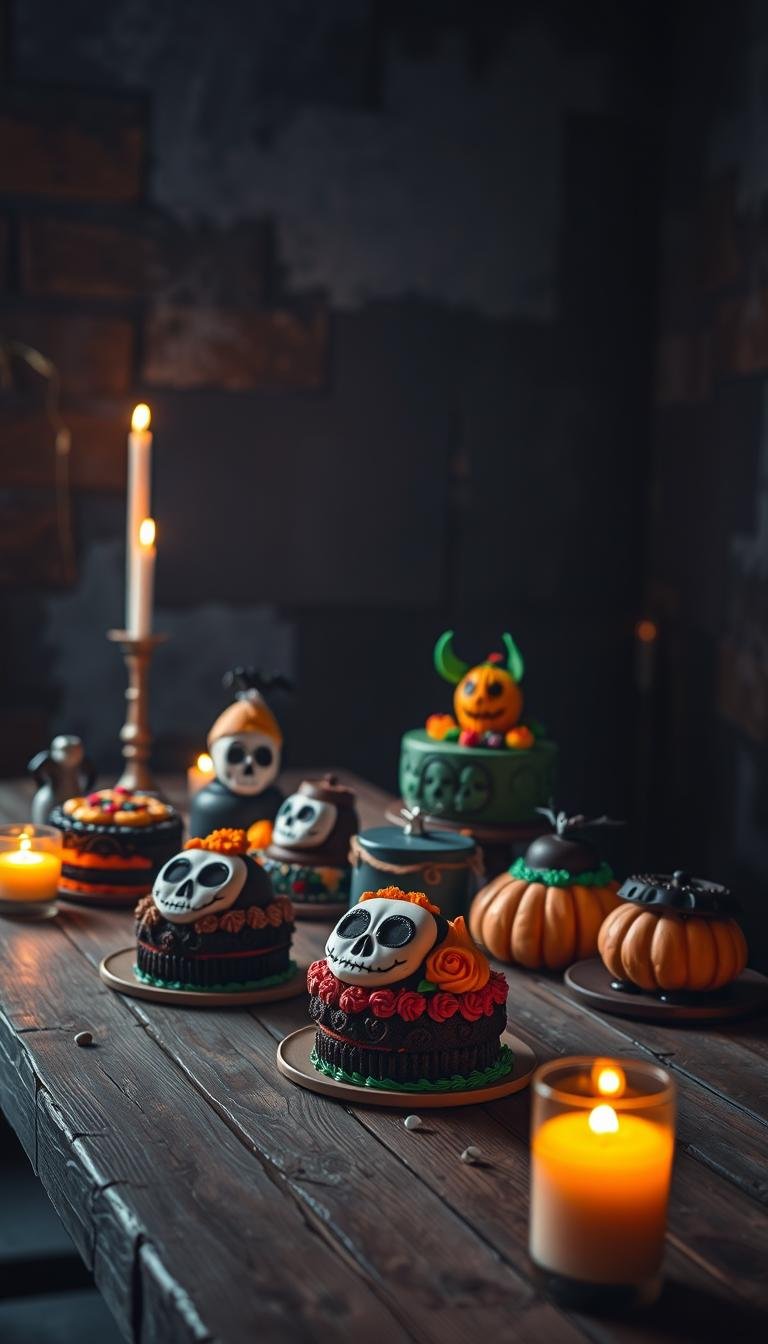Strawberry Cupcakes: Moist & Delicious Homemade Treats
Surprising fact: nearly one in three home bakers report switching to real fruit in their batter for a brighter, fresher taste and color.
This recipe focuses on genuinely fruity, moist mini cakes that rely on real fruit for color and flavor. You can choose a chunky puree, a stovetop reduction, or a quick jam to keep things natural and vibrant.
For a bakery-style rise and soft crumb, use cake flour or swap AP flour plus cornstarch if you don’t have it. Keep ingredients at room temperature—butter, eggs, and sour cream—to ensure an even batter and consistent lift when mixing.
Bake at 350°F for about 21–24 minutes, filling liners three-quarters full to avoid high domes. Frost with freeze-dried powder buttercream for intense color or a jam-based buttercream for fast, spreadable fruit flavor.
Key Takeaways
- Use real berries for natural color and taste; try puree or reduction.
- Cake flour gives the best tender texture; AP plus cornstarch is a fine swap.
- Room temperature ingredients and proper creaming make a light batter.
- Bake at 350°F, fill liners 3/4 full, and test for doneness at 21–24 minutes.
- Choose freeze-dried buttercream for stability or jam-based for speed.
- Store airtight at room temp up to 3 days or refrigerate up to a week; unfrosted freeze well.
Why You’ll Love These Strawberry Cupcakes
Bright, real fruit flavor and a pillowy crumb make these treats an easy favorite for home bakers.
Real fruit, real color. Fresh strawberries are the star: use a chunky puree for creamy specks in the batter, a stovetop reduction for concentrated color and intensity, or a quick jam with lemon to boost brightness year‑round.
Cake flour and balanced dairy—think a spoonful of sour cream—deliver a soft, moist cake that reads like bakery fare. Whipping and folding egg whites is an optional technique that lightens the crumb if you want an ultra‑airy result.
Two frosting paths work especially well: a freeze‑dried buttercream for vivid flavor and stability, or a jam buttercream for fast, natural pink frosting. Both require simple ingredients and a mixer in a clean bowl.
- Fresh strawberries replace artificial dyes—puree, reduction, or quick jam give dependable flavor.
- Cake flour + sour cream = tender, bakery‑style texture at home.
- Folded whites or a reduction can boost lift and fruit intensity.
- Freeze‑dried or jam buttercream yields naturally pink frosting with real flavor.
Key Ingredients, Substitutions, and Room Temperature Tips
Choose ingredient forms and temps that help the batter blend smoothly and rise evenly.
Fresh strawberries work three ways: a chunky puree for creamy specks, a stovetop reduction for concentrated color and flavor, or a quick jam thickened with lemon and cornstarch for consistent sweetness and hold.
Flour and structure
Use cake flour for the softest crumb. If you only have all-purpose flour, whisk in cornstarch to mimic lower protein and get a tender cake.
Butter, sugar, and temperature
Bring unsalted butter to true room temperature (about 65°F/18°C). Cream it with granulated sugar gradually to trap air and build structure for the batter.
Eggs and dairy
For lift and a pale crumb, use one whole egg plus two egg whites. Swap all whites for an even paler base if desired.
Sour cream plus a splash of whole milk gives moisture and tenderness; plain yogurt is an easy substitute.
Finishing notes
Use baking powder for reliable lift, a pinch of salt to balance sweetness, and a dash of vanilla extract for roundness. Always bring dry and wet ingredients to room temperature before mixing for the best rise.
Prepping the Strawberries for Maximum Flavor
Get the most flavor from your berries by prepping them three different ways before they ever meet the batter. Each method changes intensity, color, and hydration, so pick the one that matches your final goal for the cake or frosting.
Chunky puree for a creamy batter (stand or hand blender)
Pulse rinsed, hulled fruit until thick and slightly textured. Keep little bits so the batter gains visible fruit threads.
If the blender stalls, add a tiny splash of milk to help movement. Measure the puree volume after pulsing to keep batter hydration consistent.
Strawberry reduction for concentrated flavor and color
Blend berries, then simmer the puree low and slow until reduced by about half. This concentrates sugar and color for a deeper punch.
Cool completely to room temperature before folding into batter or cream to avoid melting butter and curdling emulsions.
Quick jam method with lemon and cornstarch
Cook chopped berries with sugar, lemon zest, and lemon juice. Whisk in a cornstarch slurry and boil briefly to activate the starch.
Use frozen fruit as a practical shortcut in off-season months—frozen works especially well for jam-style flavor.
“Always cool reductions or jam fully; warm fruit will upset the texture of both cake batter and buttercream.”
- Tip: Choose reduction for the deepest color, puree for fresh threads, and jam for spreadable fruit flavor.
- Measure final volume of reduction or jam so your recipe’s flour and liquid balance stays reliable.
Make the Batter: Choose Your Method
How you build the batter determines crumb, rise, and how well the fruit notes come through. Pick the approach that fits the finish you want, then follow timing and speed cues to avoid overmixing.
Classic creaming with the paddle attachment
Beat unsalted butter and sugar in a stand mixer with the paddle attachment until pale and fluffy—about 3–5 minutes.
Add the egg, whites, and vanilla, then mix in sour cream. Alternate the dry ingredients with milk in two additions. Keep the mixer on low and stop as soon as the batter looks smooth.
Whipped egg whites folded in
Whip egg whites to stiff peaks using the whisk attachment. Fold the meringue into the base batter gently in two to three batches.
Start with a small “sacrifice” portion to loosen the bowl mixture, then fold remaining whites to preserve aeration for an ultra-light crumb.
Reverse creaming for a tight, tender crumb
Blend dry ingredients with cubed butter and a splash of oil until the mix looks sandy. Add sour cream, the fruit component, and remaining liquids.
This method yields level tops and a fine-textured cake that holds piping and color well.
Dry ingredients, mixing speed, and oven readiness
Use sifted flour or all-purpose flour with cornstarch if needed. Keep mixing speed low when combining wet and dry to avoid toughening the batter.
Preheat the oven fully and bake immediately after filling liners. Baking powder needs that fresh heat to give the best lift.
| Method | Texture | Mixing Minutes | When to Use |
|---|---|---|---|
| Classic creaming | Soft, airy | 3–5 min creaming + short combine | Everyday bakery-style cake |
| Whipped whites | Ultra-light, delicate | Whip whites 3–4 min; gentle folding | Light, airy cupcakes or sponge-style cake |
| Reverse creaming | Tight, tender crumb | Mix dry + butter until sandy; brief liquid combine | Level tops, fine texture, piping-ready cake |
Bake Like a Pro: Liners, Oven Temperature, and Timing
Perfect tops and even crumb come down to consistent portioning and precise oven settings. Small steps in pan prep and timing yield a bakery‑level finish for your strawberry cupcakes and mini cake batches.
Fill liners and portion batter
Fill cupcake liners about three‑quarters full to avoid mushroom tops and still get a gentle dome. For consistent size, weigh batter at roughly 55–60 g per cavity.
Oven settings and doneness cues
Bake at 350°F in a conventional oven for about 21–24 minutes. For convection, lower to 325°F and check between 14–18 minutes. Start testing early to prevent overbake.
Know doneness by feel: centers should spring back and a toothpick will show a few moist crumbs, not dry batter.
Cooling, pans, and storage
Cool cupcakes 5–10 minutes in the pan, then transfer to a rack so steam escapes and the texture sets. Use light‑colored, sturdy pans to reduce edge browning and keep crumb pale.
Store in an airtight carrier or container at room temperature up to a few days, or refrigerate if humidity is high for longer freshness.
“Weighing batter and watching oven time are the quickest ways to improve evenness across a batch.”
Strawberry Buttercream: Two Ways to Frost
A bold frosting takes these treats from homemade to bakery-grade; choose between powdered fruit or jam-based buttercream.
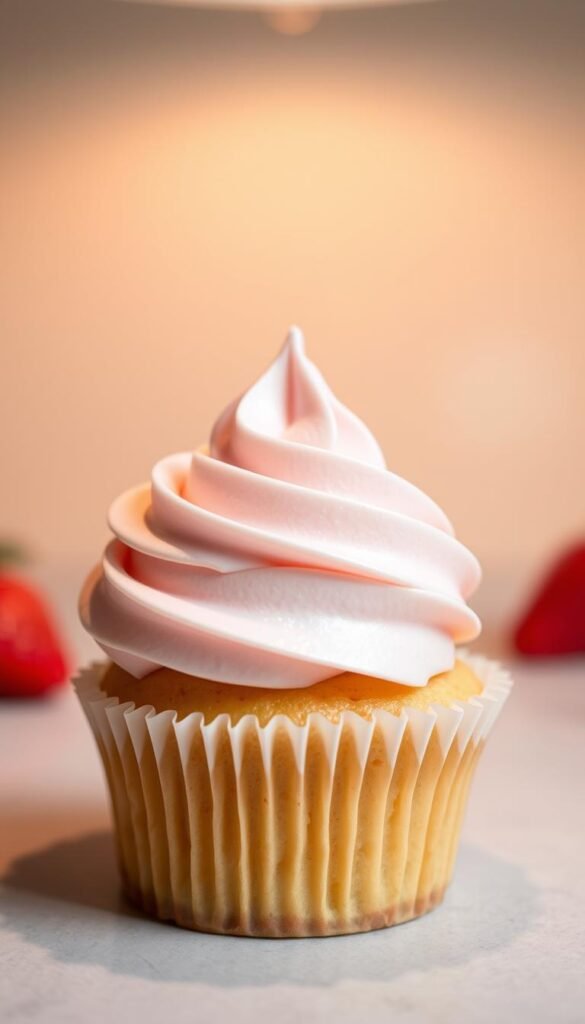
Freeze-dried powder method
Freeze-dried powder delivers the most concentrated fruit taste and a stable, natural pink without curdling.
Grind the dried fruit to a fine powder and beat it into unsalted butter and confectioners’ sugar in the bowl. Start on low speed, then increase briefly to aerate for smooth texture.
“Finely ground powder gives intensity without thinning the buttercream.”
For piping, try Ateco #826 for deep, bakery-style swirls.
Jam buttercream for quick flavor
Whisk in homemade or quick jam a tablespoon at a time until the desired fruit note appears.
If the frosting loosens, add more confectioners’ sugar; if it gets too stiff, add small splashes of cream or milk. Ateco 808 makes neat rounds and clean swirls with this version.
Optional boosters and practical tips
- Use high-quality unsalted butter at room temperature and a pinch of salt to balance sweetness.
- Add a touch of vanilla extract or a drop of gel color if you need a deeper hue.
- Beat on low to incorporate sugar, then increase speed briefly—avoid long high-speed whipping to prevent large air bubbles.
- Adjust texture in minutes: more sugar to thicken, small splashes of cream to loosen.
Pro Tips, Tools, and Troubleshooting
Small technique changes and the right tools prevent most baking headaches.
Mixer choices and piping gear
Use a stand mixer for large batches and a handheld for quick jobs. Keep the whisk attachment ready when you whip egg whites to peak. For frosting, Ateco #826 and #808 are reliable piping tips for swirls and rosettes.
Common pitfalls and fixes
Adding wet fruit straight into buttercream can curdle it. For the most stable buttercream, use freeze-dried powder or cool reduced fruit fully before adding.
“Prevent curdled frosting by keeping fruit components cool and using powdered fruit when you can.”
Texture tuning and practical tips
Avoid a dense crumb by keeping ingredients at room temperature and mixing only until combined. If batter is too thick, add a teaspoon of milk; if too loose, let it rest briefly before portioning.
- Weigh portions, avoid overfilling to stop uneven rise.
- Add a tiny pinch of salt in frosting to balance sugar.
- Store in airtight containers; refrigerate in humid climates and freeze unfrosted items for longer shelf life—up to several days.
Flavor Variations, Toppings, and Serving Ideas
A few smart twists—zest, chips, or a jammy center—turn a basic cake into something special.

Berry swaps, chocolate add-ins, and citrus zest
Swap raspberries or blueberries for a bright change, but watch moisture. If fruit is very juicy, make a short reduction before folding it into the batter.
Add dark or white chocolate chips, or stir in toasted nuts for crunch. Rub citrus zest into sugar or the bowl of your mixer to boost aroma.
Decorating with fresh strawberries, sprinkles, or chocolate shavings
Fill centers with lemon curd, caramel, or a spoonful of quick jam for a surprise bite. For neat presentation, pipe a single swirl of buttercream and create a small divot for the jam.
Garnish simply with sliced fresh strawberries, sprinkles, or chocolate shavings. A clean, uniform pipe and matched liners lift the look for parties and holidays.
- Substitution tip: If you lack cake flour, use all-purpose flour plus cornstarch and keep baking powder amounts steady.
- Warm a lightly chilled batch in a low oven for a few minutes before serving to bring them closer to room temperature.
- Try lemon or chocolate buttercream, or cream cheese frosting, to complement the fruit-forward profile.
“Small changes in filling and topping deliver big lifts in taste and presentation.”
Conclusion
, A few focused choices — fruit form, flour type, and bake timing — unlock consistent, flavorful small cakes every time.
Choose puree, reduction, or quick jam to match your schedule and desired intensity. This recipe thrives on real fruit and clear steps, so measure and cool reduced fruit before it meets the batter.
Use cake flour with balanced dairy and careful mixing for a tender crumb. Preheat the oven and follow the bake cues: 350°F for about 21–24 minutes (325°F convection 14–18). Test tops for a gentle spring-back to hit perfect doneness.
Select the buttercream that fits your goal: freeze‑dried powder for bold fruit, or jam‑forward frosting for quick, natural pink. Plan time to cool, then bring chilled cupcakes gently to room temp before serving for peak cream and flavor.
